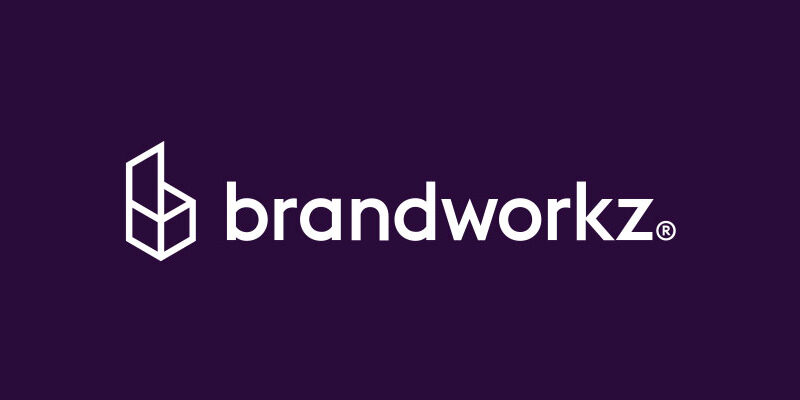Your brand guidelines and brand manual are the most important documents your company will ever produce.
A bold statement, but the truth is that these documents are your brand ‘bible’. They communicate why you exist, tell your brand stories, and communicate how it should be expressed.
Everyone tasked with communicating your brand should be consulting these instruction manuals whenever they are creating branded materials.
In many businesses the reality is somewhat different. Time and effort are spent creating brand guidelines, only for them to be left on someone’s hard drive or copies printed, distributed and ‘filed’ in the bottom of the marketing team’s drawers. Oh, and not to mention when your business has gone through a revamp, and you’ve spent and ungodly amount of hours nailing the basics of rebranding all for it to go to waste?!
Brand consistency suffers as people may not thoroughly understand the brand.
So how do you make your guidelines and brand manuals accessible, encourage their use and build brand consistency?
The answer is pretty simple. Brand guidelines software, ideally as part of a brand asset management system or digital asset management platform. When your guidelines are located in the same place as your brand assets it is far easier to manage your brand in a consistent way.
Here are three options for online brand guidelines. Each has drawbacks and advantages depending on your situation.
1. Acrobat/PDF
The traditional way to distribute brand guidelines in a digital format and still makes a lot of sense for many uses.
Advantages
- Precise layout/typographical control. Typically created in Adobe InDesign or Quark XPress, the layout and typography are retained when exporting to PDF.
- Easy to make available online. Just upload the file for others to download.
- Predictable printing.The layout and type is retained precisely.
- Ability to zoom in / go full-screen without loss of quality.
Disadvantages
- Must download before reading.If your guidelines are large, download time can be long. However, with fast internet connections this is becoming a fairly small drawback.
- Only artworkers can update.If you expect your guidelines to change often and you don’t have an in-house artworker to update the InDesign or Xpress files, updates can be cumbersome and costly.
- May not be possible for end-users to search the text. Depending on your online system, the text within PDFs may not get indexed for searching so the guidelines will not show up in search results.
- Not easy to link to a particular page/section within a PDF.If your guidelines manual has pages about how to use the logo, you probably want to link to this from the logo download area in your brand management system. This is difficult with PDFs unless you break the guidelines up into separate per-section files, which adds work.
2. CMS web pages
Most marketing/brand users are now used to updating websites through a content management system. This can also be used for your guidelines.
Advantages
- Easy to update basic text and images, especially if multiple people need to do this. Non-technical people can easily amend existing pages and create new ones. Most benefit is seen if multiple, non-technical people need to do regular updates to various sections of the guidelines.
- Easy to link to a particular page. It is very easy to link to a page in the guidelines from another point in your brand management system.
- No need to download before reading.
Disadvantages
- Difficult to create complex pages. Most brand guidelines have a number of pages which are fairly complex and/or don’t adhere to the standard grid. These pages are difficult and expensive to create templates for.
- The accuracy of the layout and fonts when displayed on screen is poor. It isn’t possible to retain full control over the layout and fonts on HTML pages, so your layouts will need to be fairly simple and won’t look identical on all browsers.
- The accuracy of the layout and fonts when printed out is poor.
- Not easily possible for people to print out the guidelines as a whole. Unless you program a special feature for showing all the pages as one long web-page, end-users will not be able to print out the guidelines in one go. They probably shouldn’t be doing this, but the reality is that some will still want to.
3. Flash book
If your brand guidelines are produced in Adobe InDesign you can create a digital “book” where people can turn pages on screen in a similar way to a real book (internally this is an Adobe Flash format).
Advantages
- Precise layout/typographical control. All layout and typography is exported faithfully so will always be shown as the designer intended.
- Ability to zoom in / go full-screen without loss of quality.
- No need to download before reading.
- Tactile, feels akin to a real book People love the tactile feeling of turning the pages. It is questionable how much extra brand-equity is produced, but this simple feature does make it more exciting to leaf through.
Disadvantages
- Very difficult for end-users to print out
- Only artworkers can update.If you expect your guidelines to change often and you don’t have an in-house artworker, updates can become expensive.
It is worth noting that some brands use Flash Book and PDF together, so that there is an option to print out. Very little production overhead is added to do both formats because the source file is the same (InDesign) so updates are only done once.
Whichever format you choose, one of the most important things you can do for you brand is to make your brand manuals available in one single online digital asset management system.
This then becomes the only place people go to looking for brand guidance and only the most up to date, accurate version of your guidelines gets used. Knowledge and understanding of the brand, and as a result brand consistency, will measurably improve.






